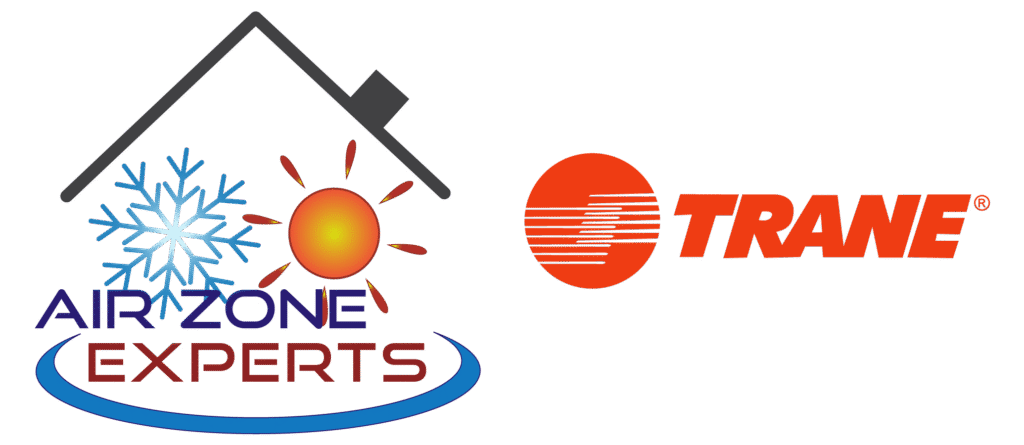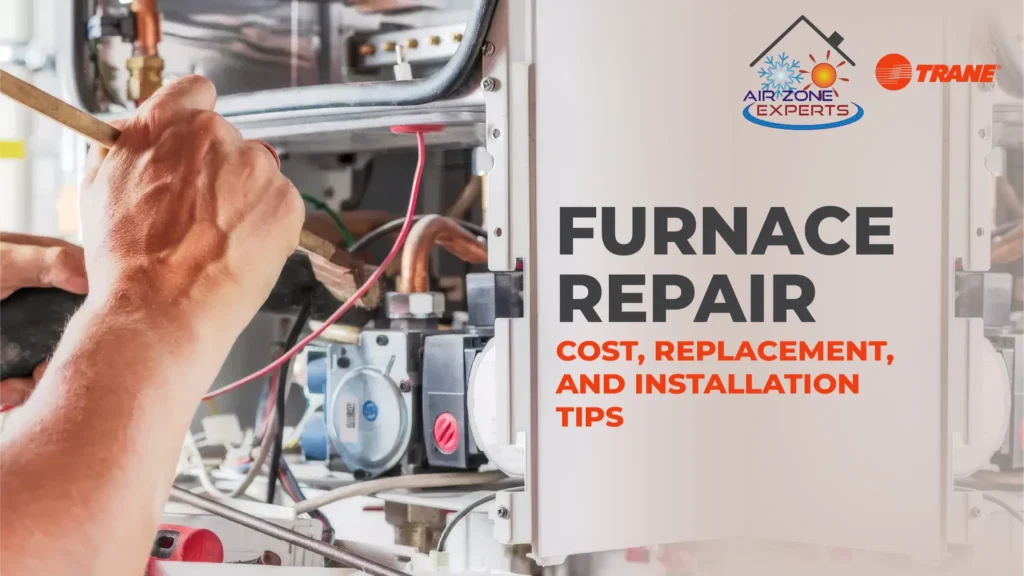A furnace isn’t something we think about every day – until it stops working right when winter kicks in. Then it suddenly becomes the most important thing in the house. If you’re wondering how much repairs really cost, when to replace, or how to install the new one properly, here’s a plain and honest guide that breaks it all down.
How Much Does Furnace Repair Cost?
Let’s be real – furnace repair prices can swing a lot depending on what’s wrong.
If it’s just a filter or a small sensor issue, you’re probably looking at around $100 to $250.
But if the blower motor, heat pump exchanger, or ignition goes bad, the bill can easily jump to $400–$1,200.
Now, if your furnace is 15 or 20 years old, fixing it again and again won’t make sense. Old parts are pricey, and every repair adds up. Sometimes, it’s better to stop spending on patches and plan for a full Furnace replacement
When to Repair and When to Replace
Here’s an easy way to think about it – if fixing your furnace costs more than one-third of what a new one costs, just replace it. You’ll save more in the long run.
Ask yourself a few quick questions:
How old is it? Most furnaces last about 15 to 20 years. If yours is older, no repair will make it “new” again.
How often are you calling the repair guy? Once a year is fine. Every few month? Time to move on.
Are your energy bills rising? If yes, your furnace is probably losing efficiency.
Does it smell weird or make strange noises? That’s your warning sign – the system is wearing out.
If it’s still fairly new and the repair is small, go ahead and fix it. But if you’re spending money every season, that’s your cue to start fresh.
Furnace Replacement Costs
Now, replacing a furnace isn’t cheap – but think of it as a long-term investment.
The average cost for a new gas furnace sits between $2,500 and $6,000, including labor.
Electric models usually start lower, around $1,500 to $4,000, but can be more expensive to run depending on your electricity rates.
High-efficiency models cost more upfront (up to $7,000–$8,000), yet they use much less power. That means lower bills every month – and that adds up fast.
Smart Installation Tips That Actually Matter
A good furnace can fail fast if it’s installed the wrong way. So even if you bought the best brand, don’t ignore the setup.
Here’s what really matters:
Hire a certified HVAC expert. It’s not a DIY job. Proper setup keeps it safe and running smooth.
Check your ductwork. Leaky ducts waste heat. Get them sealed before your new unit goes in.
Right size, not biggest size. Bigger doesn’t mean better. If the furnace is too large, it’ll keep switching on and off and wear out faster.
Ask for a safety check. Make sure vents and gas lines are sealed tight before you fire it up.
Keep the manual handy. You’ll need it for filter schedules, warranty, and seasonal maintenance.
These little things can save you from bigger issues later.
Ways to Cut Down Repair or Replacement Costs
The truth? A lot of furnace problems come from skipped maintenance.
Here is how you can avoid headache or keep your system healthy:
Change filters every 1-2 months.
Don’t block air vents with furniture or curtains.
Book a yearly service check before winter starts.
Listen for new sounds – humming, knocking, or rattling are early signs something’s wrong.
Keep the area around your furnace clean and clear.
Small habit like these prevent breakdowns and make your furnace last longer.
Quick Look: Furnace Cost and Lifespan
| Furnace Type | Average Price (With Install) | Lifespan | Efficiency |
|---|---|---|---|
| Gas Furnace | $2,500–$6,000 | 15–20 years | 80–98% |
| Electric Furnace | $1,500–$4,000 | 15–25 years | 95–100% |
| Oil Furnace | $4,000–$7,000 | 15–20 years | 80–90% |
| Propane Furnace | $2,500–$5,500 | 15–20 years | 85–95% |
Final Thoughts
If your furnace stops working, don’t panic – most issues aren’t disasters. Sometimes a tune-up or part replacement can bring it back to life. But if your repair bills keep stacking or the system’s older than your car, replacing it is the smarter move.
A properly installed and well-maintained furnace won’t just heat your home. It’ll save you money, lower your stress, and keep your winters quiet and comfortable.
Because when the snow hits hard, the last thing you want is to hear your furnace groaning like it’s on its last breath. Take care of it now, and it’ll take care of you for years to come.

